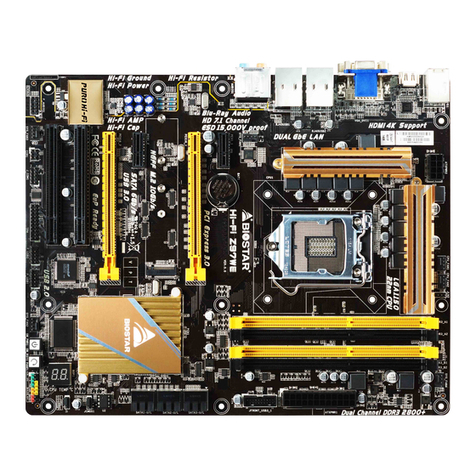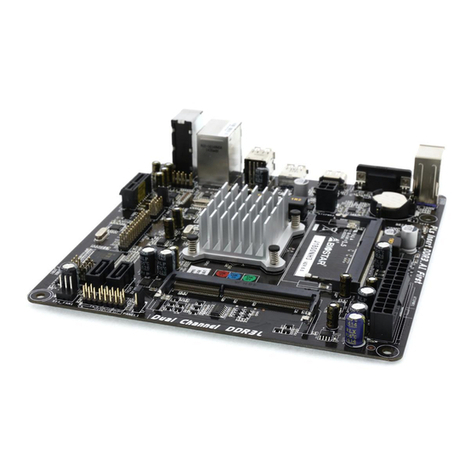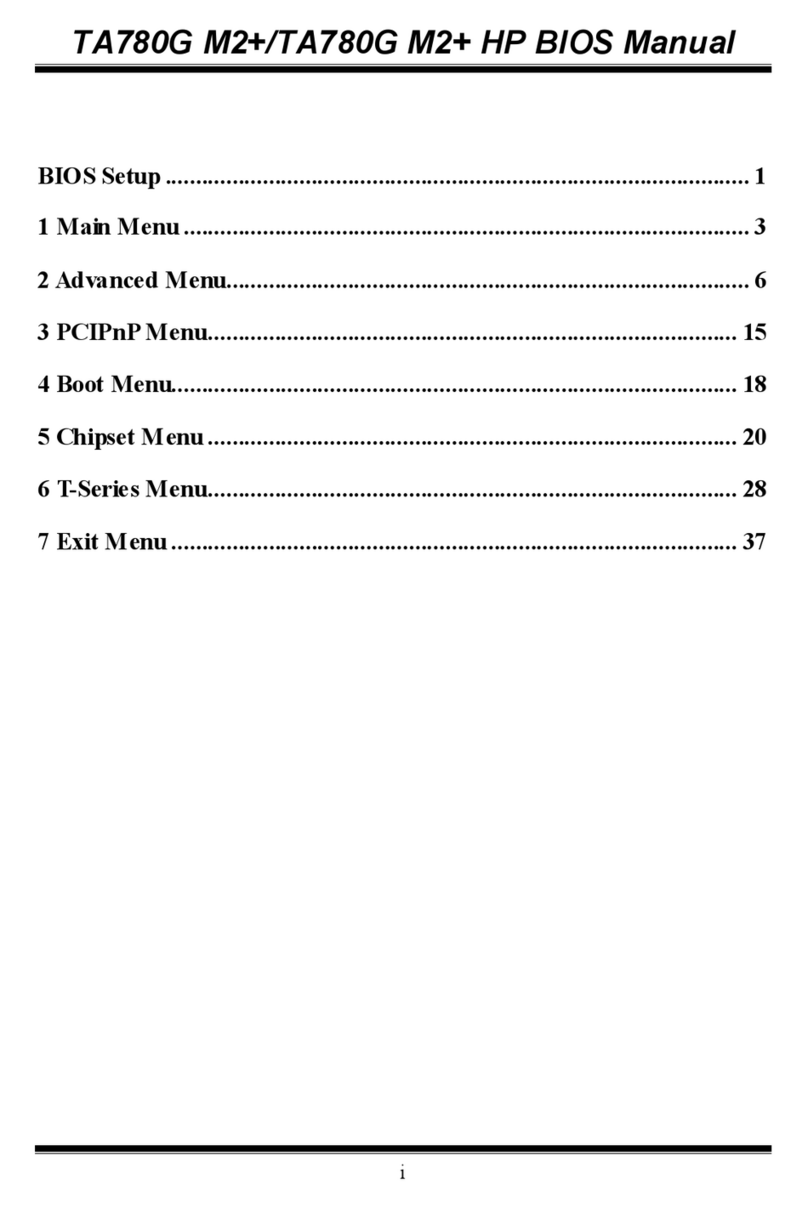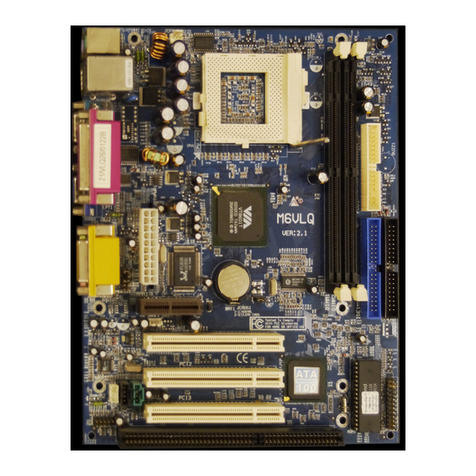Biostar U8068 User manual
Other Biostar Motherboard manuals
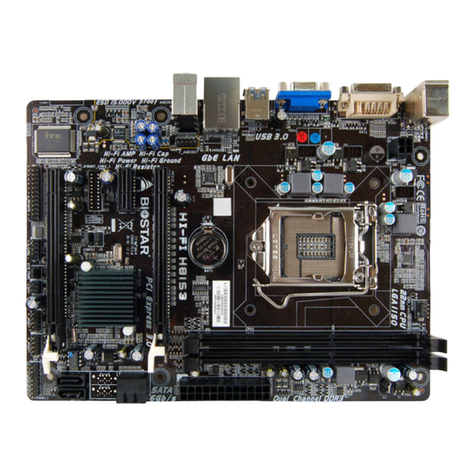
Biostar
Biostar Hi-Fi H87S3 User guide

Biostar
Biostar B450MHP User manual
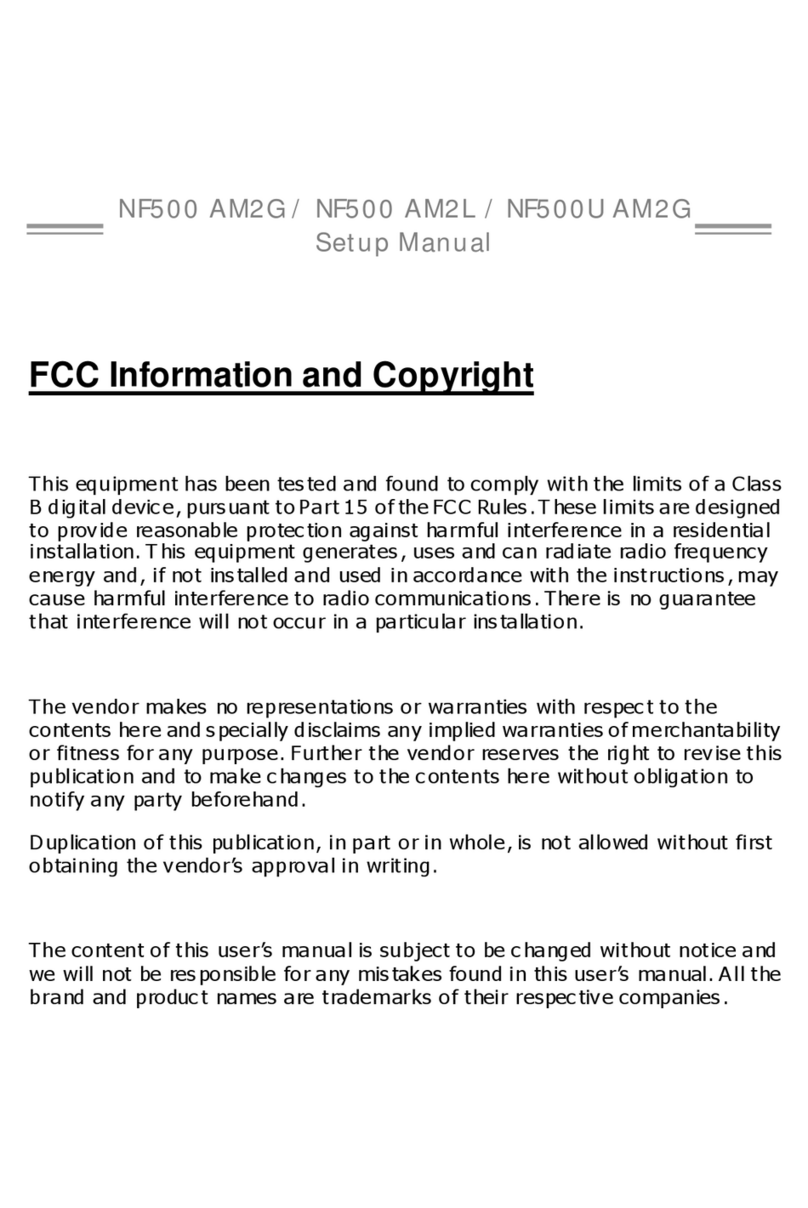
Biostar
Biostar NF500 AM2G User guide
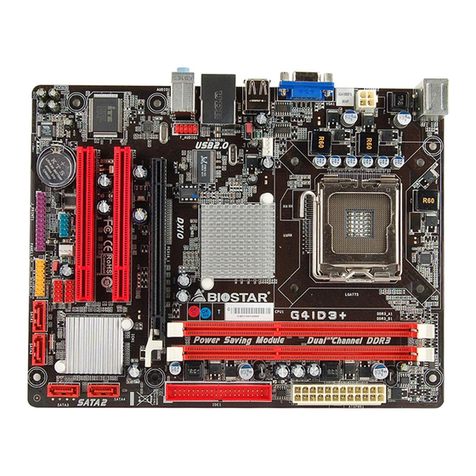
Biostar
Biostar G41D3 User guide
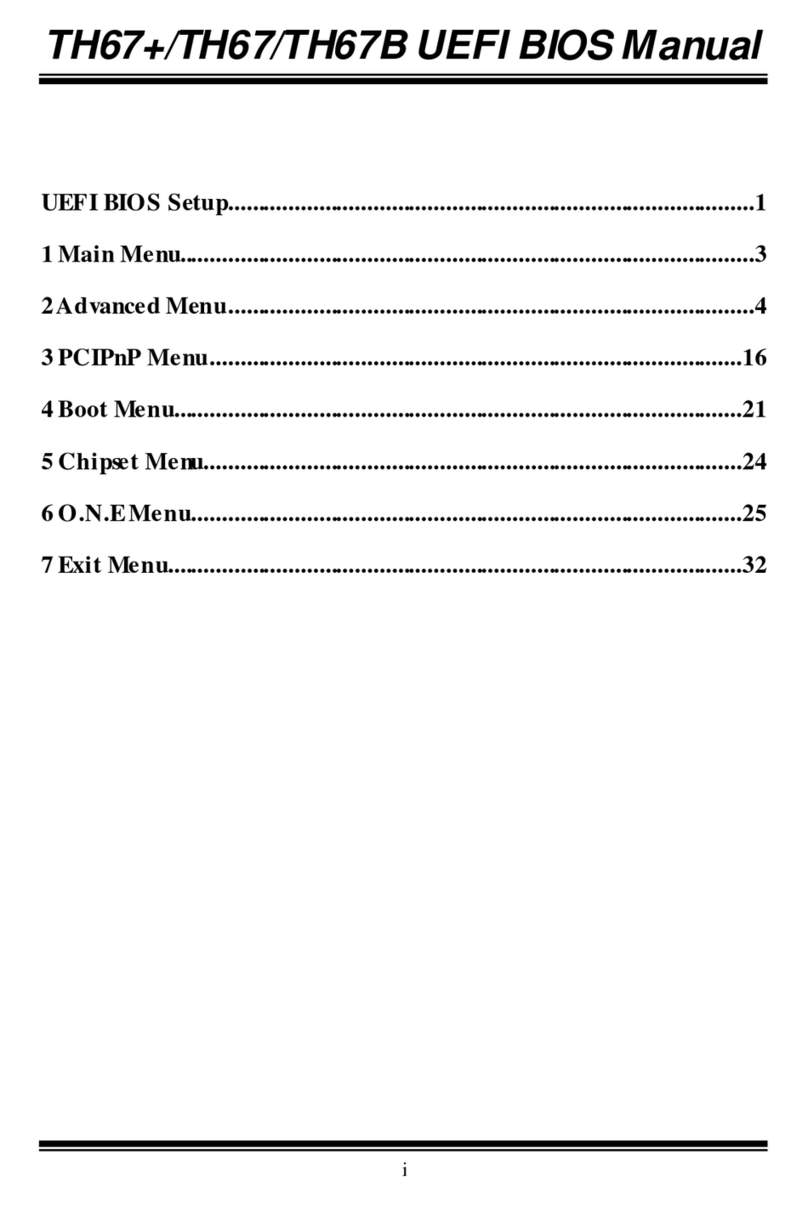
Biostar
Biostar TH67B User guide
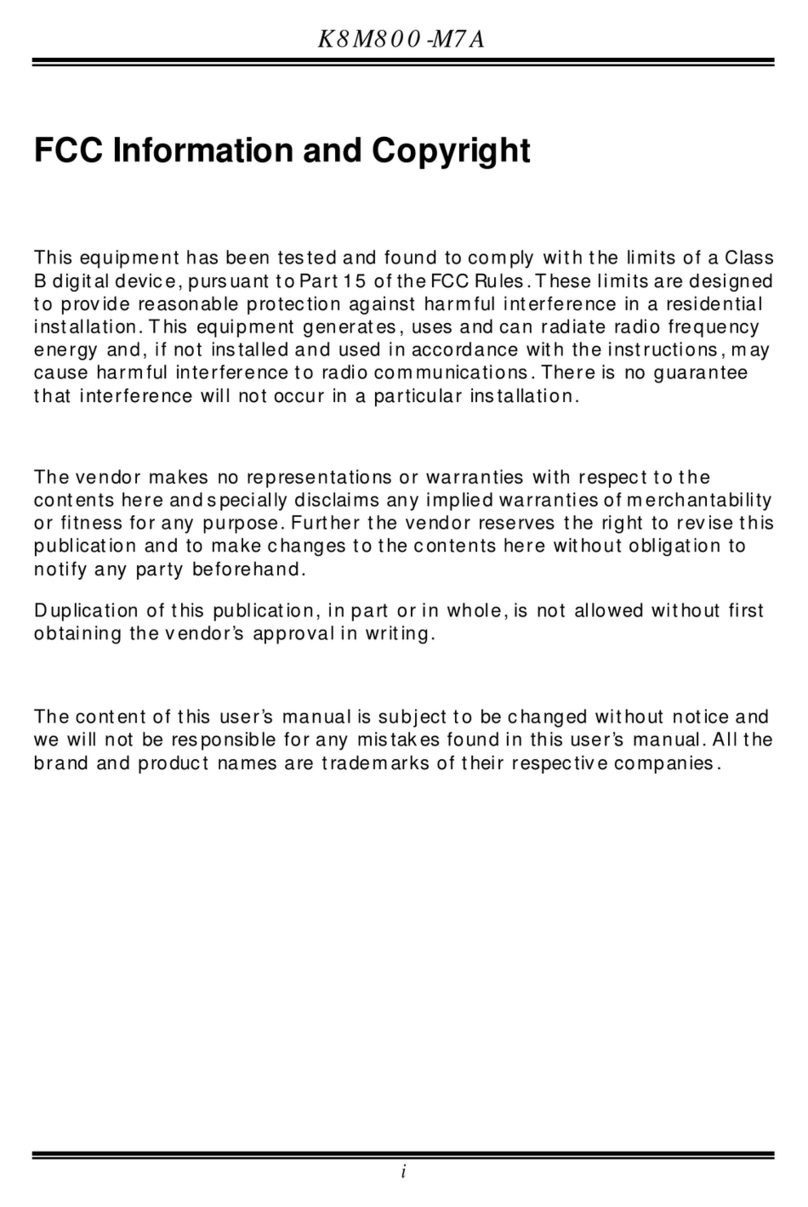
Biostar
Biostar K8M800-M7A User manual
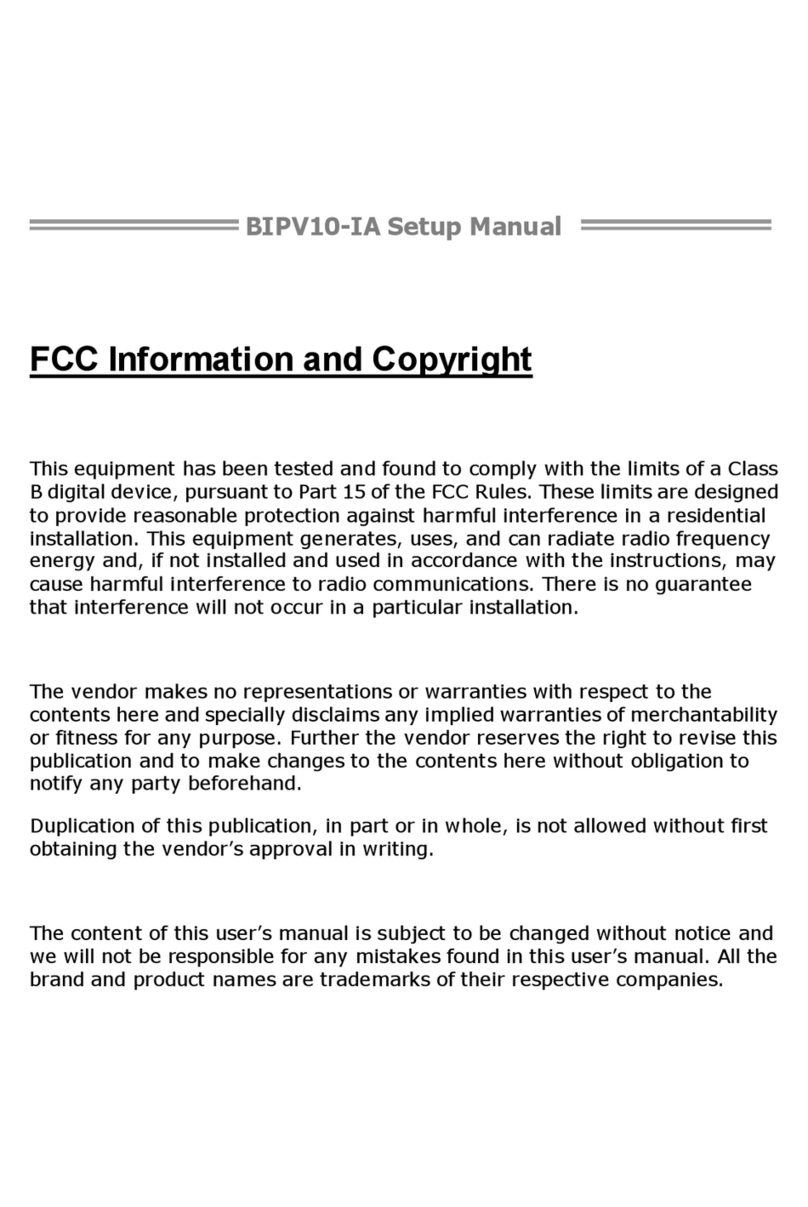
Biostar
Biostar BIPV10-IA User guide

Biostar
Biostar BICHT-PBA User manual

Biostar
Biostar BIB75-M2T User manual
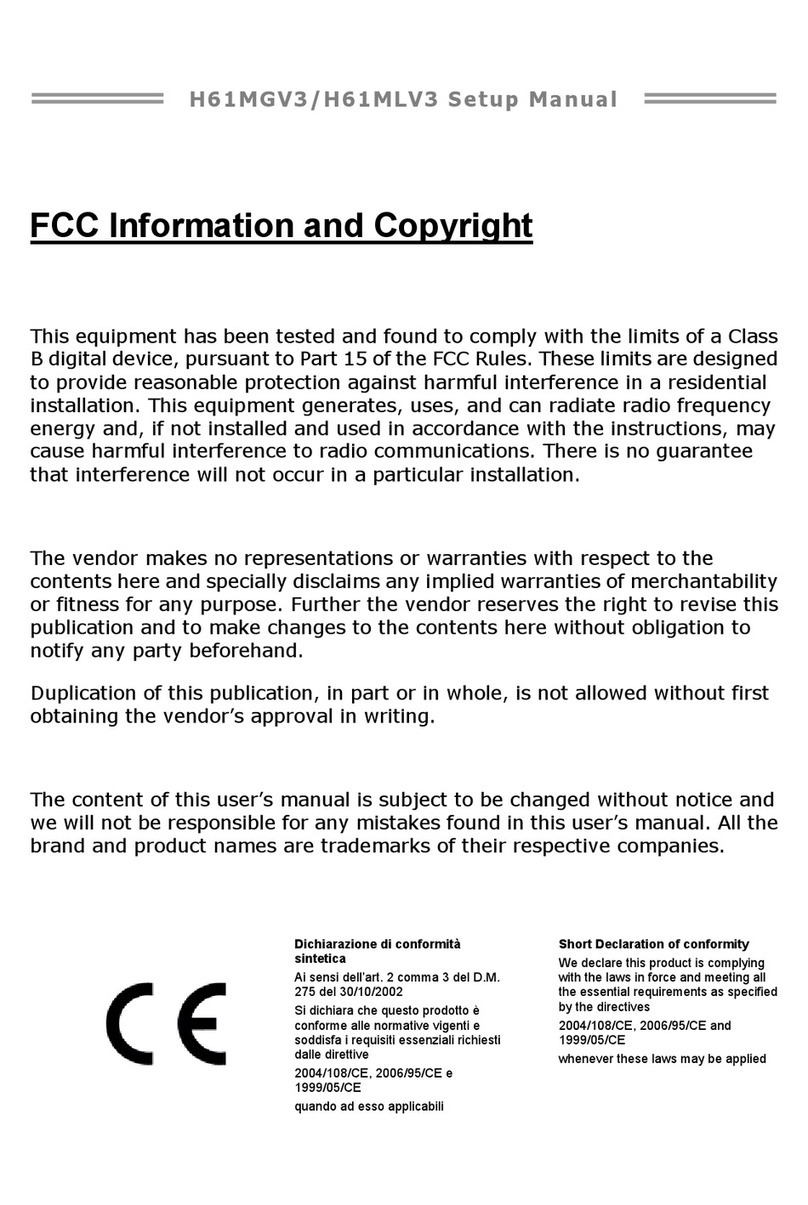
Biostar
Biostar IH611-MHS User manual
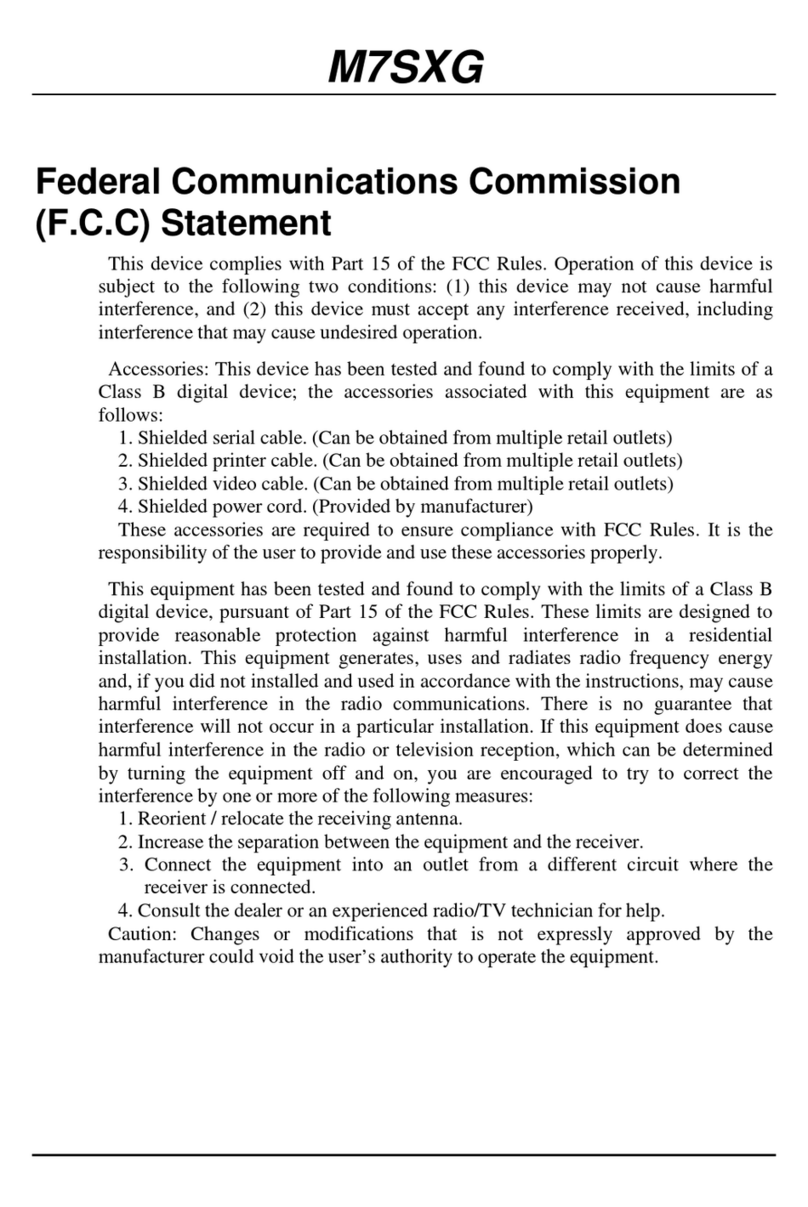
Biostar
Biostar M7SXG User manual
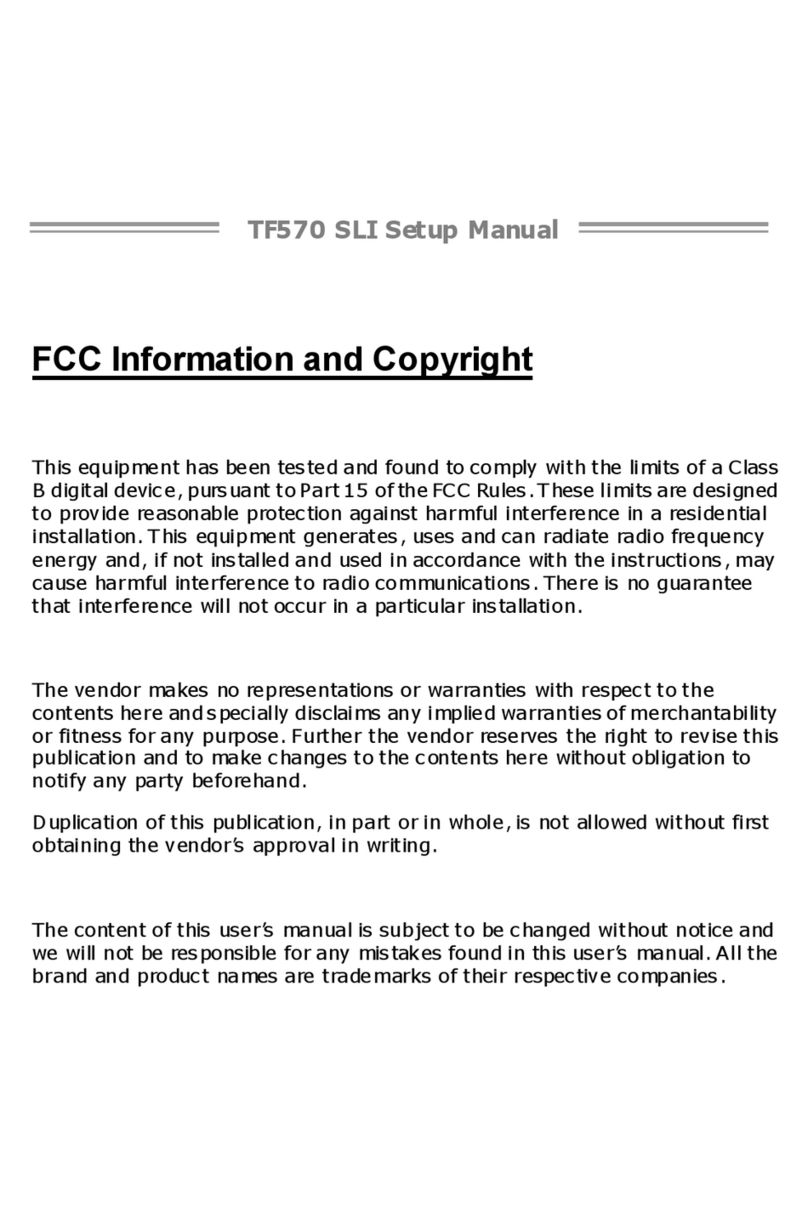
Biostar
Biostar TF570 User guide
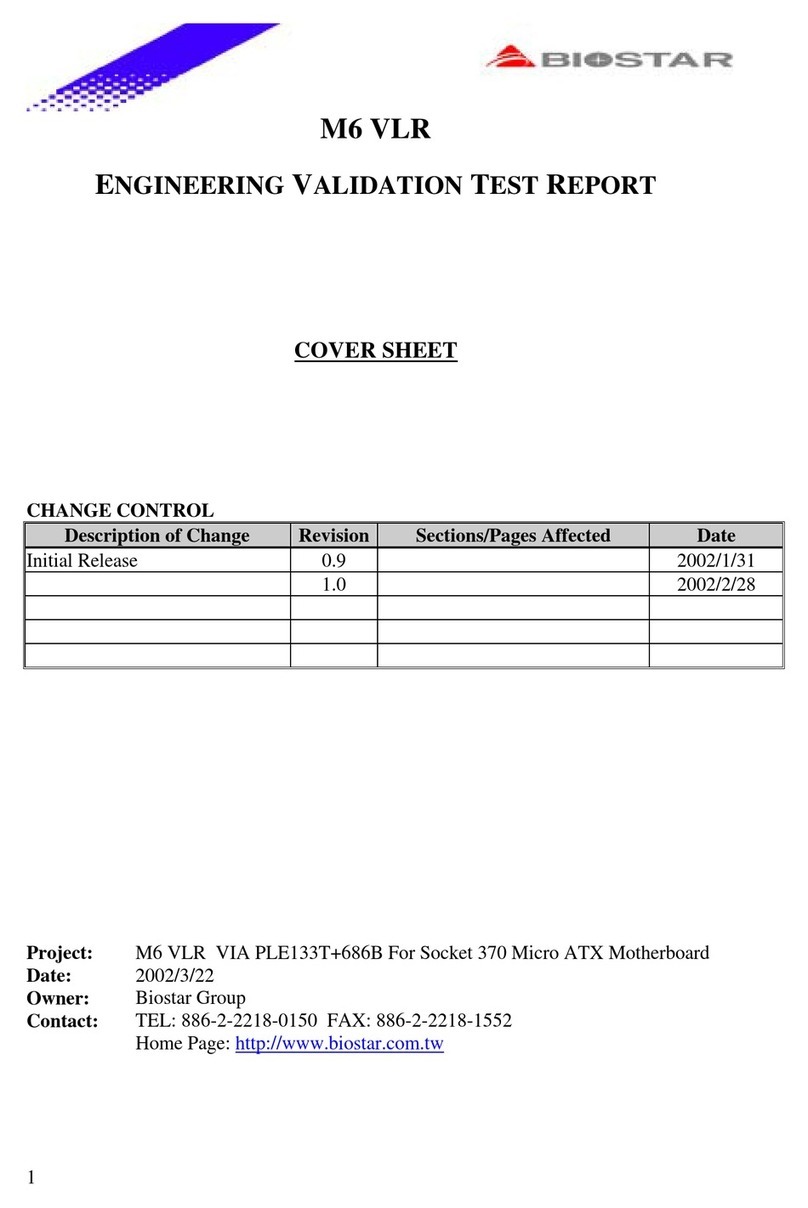
Biostar
Biostar M6VLR User manual
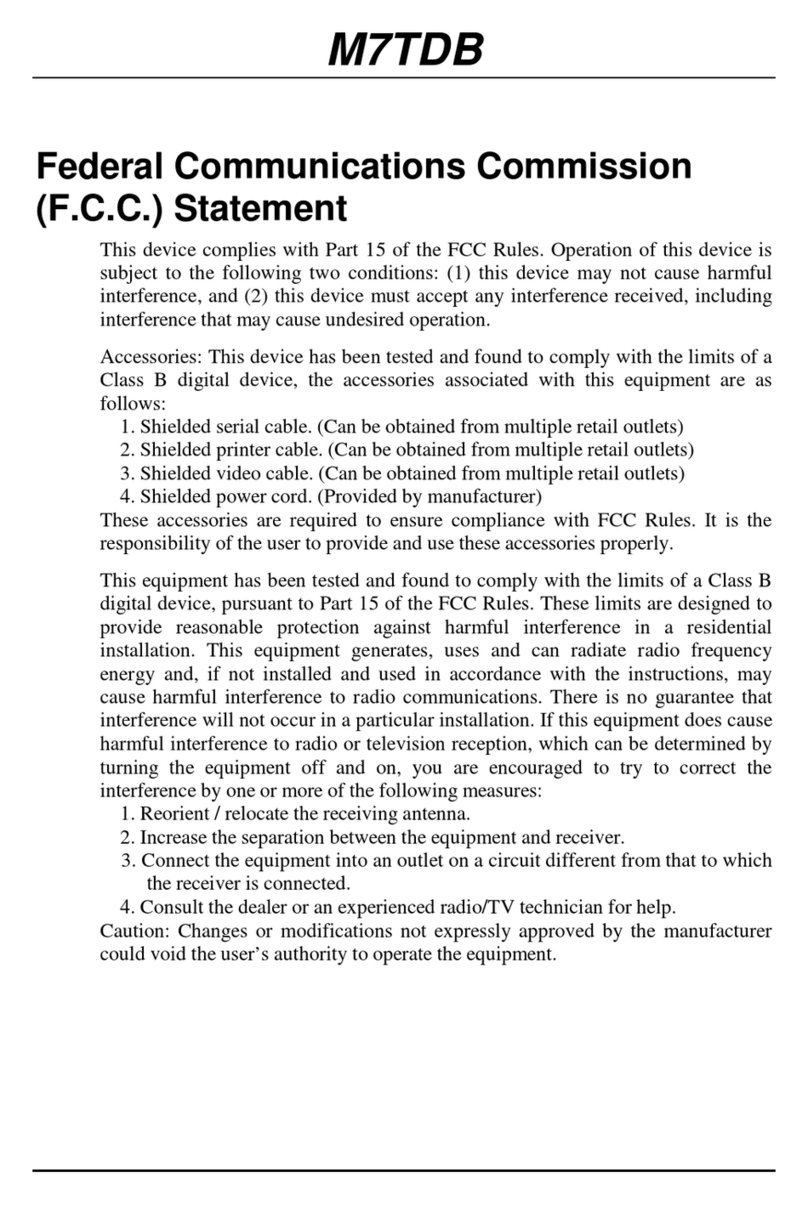
Biostar
Biostar M7TDB User manual
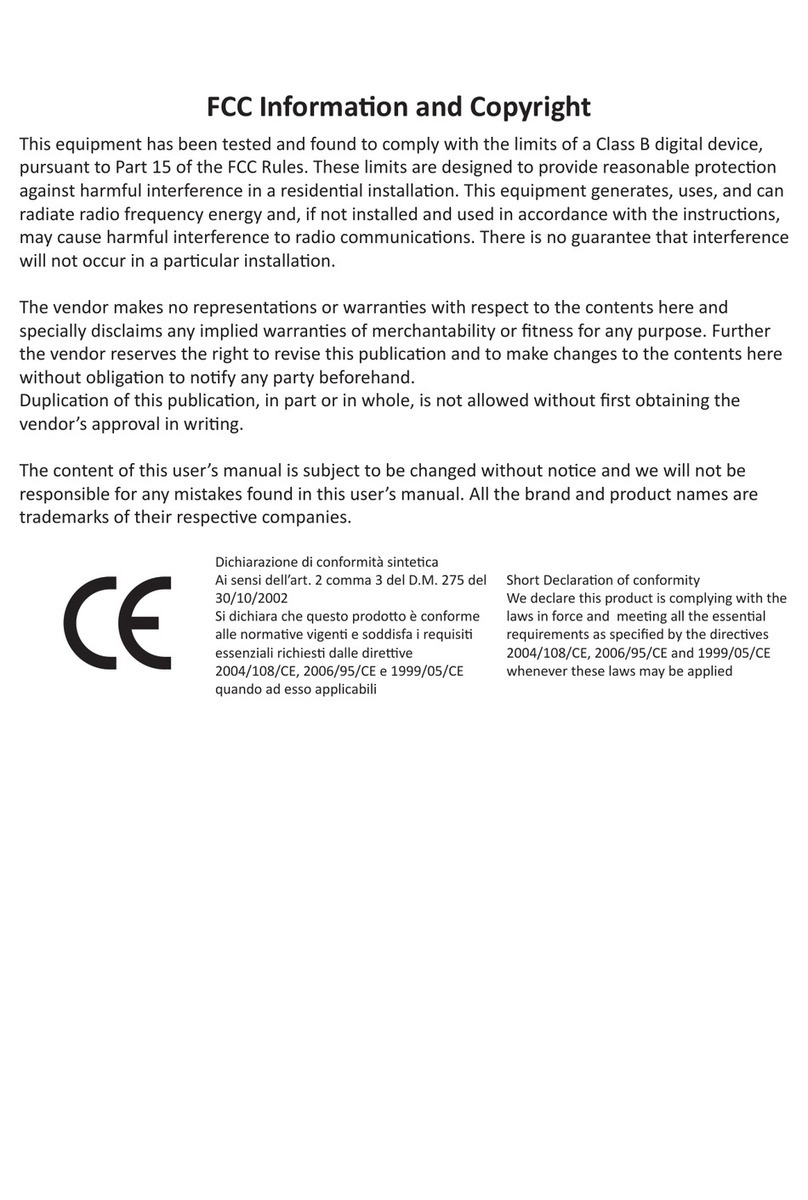
Biostar
Biostar EIH11-SWA User manual
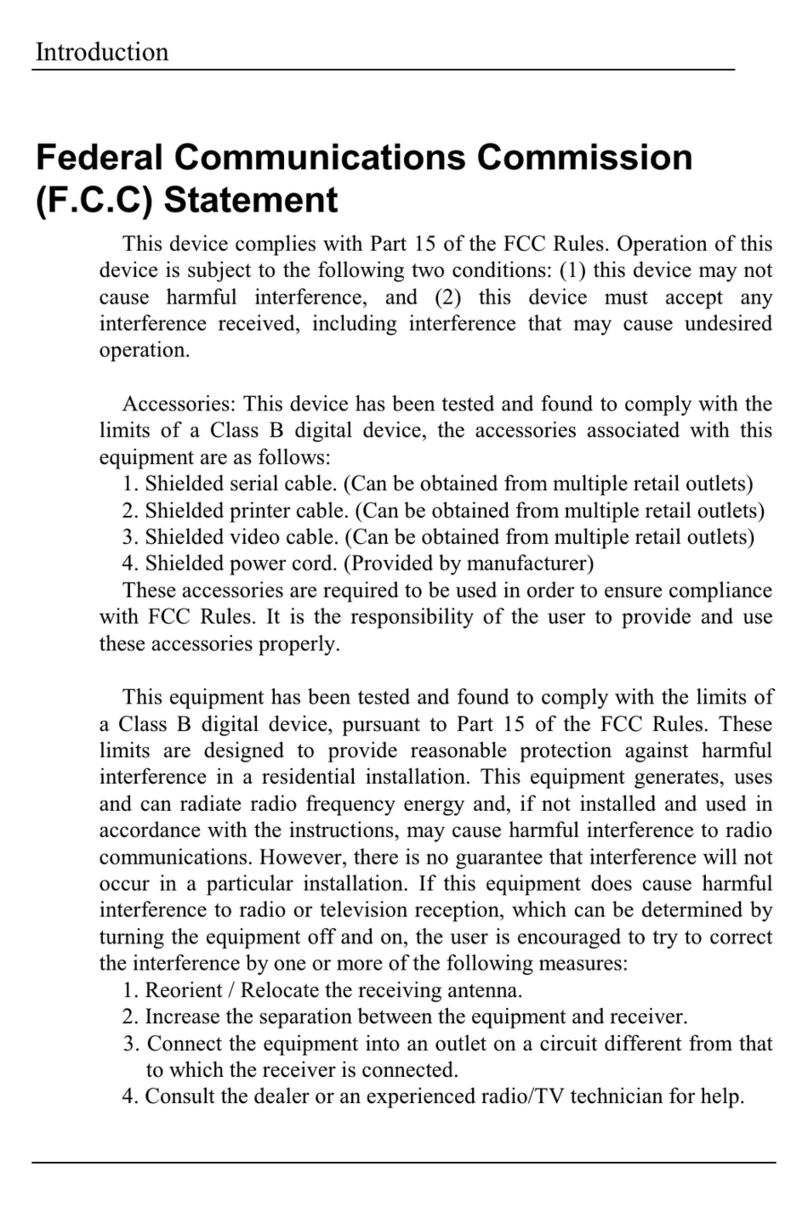
Biostar
Biostar M6TZA User manual
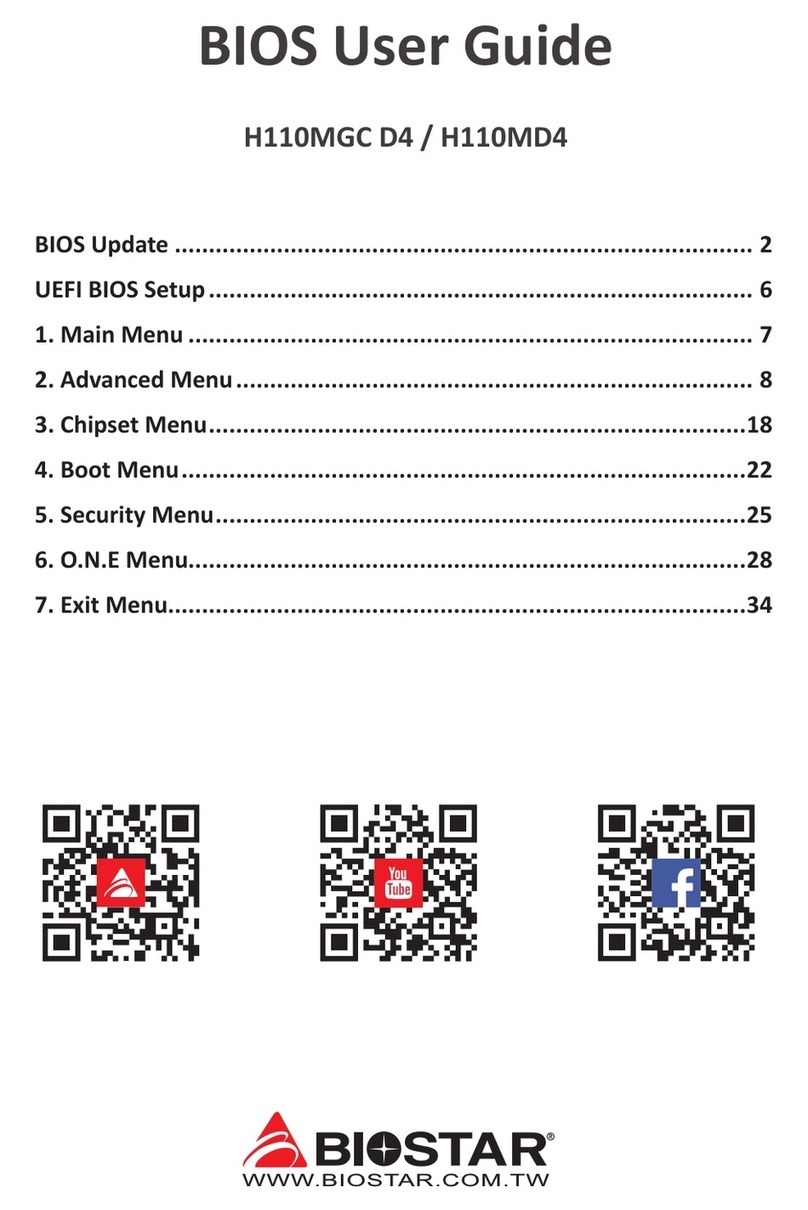
Biostar
Biostar H110MD4 User manual
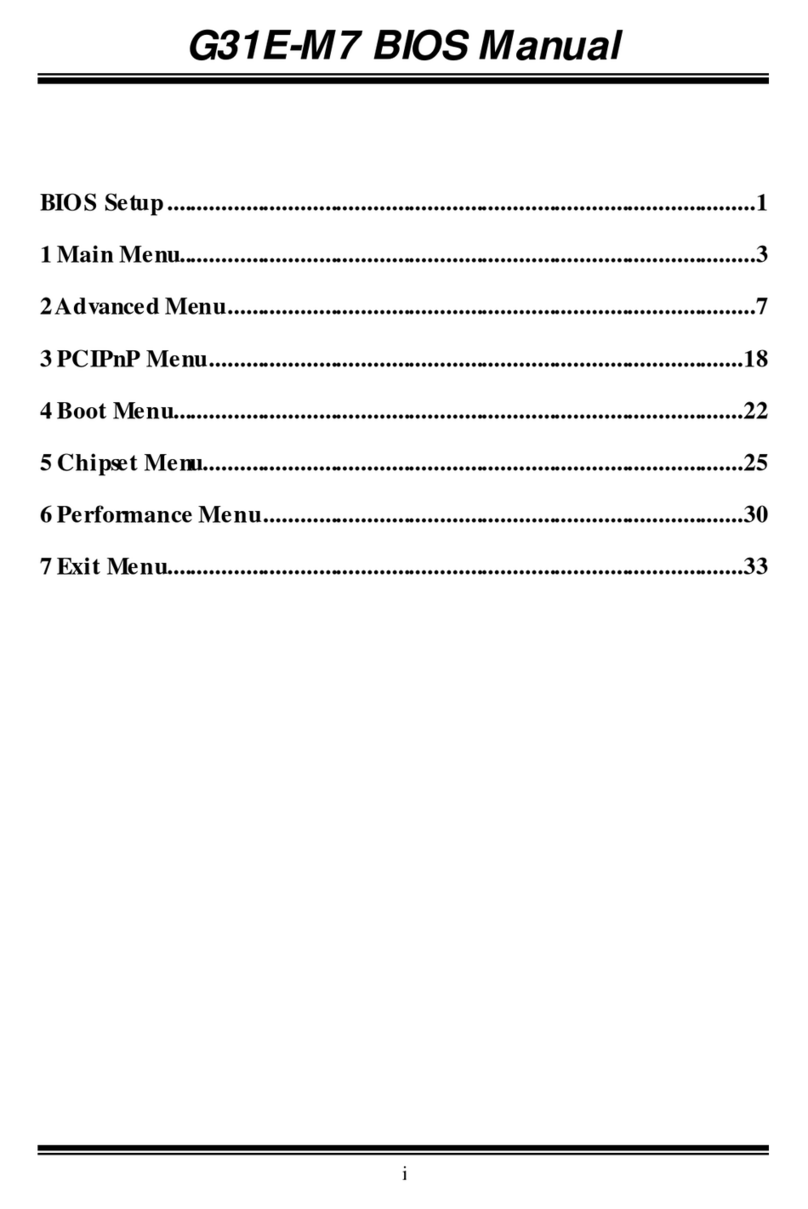
Biostar
Biostar G31E-M7 - BIOS User manual
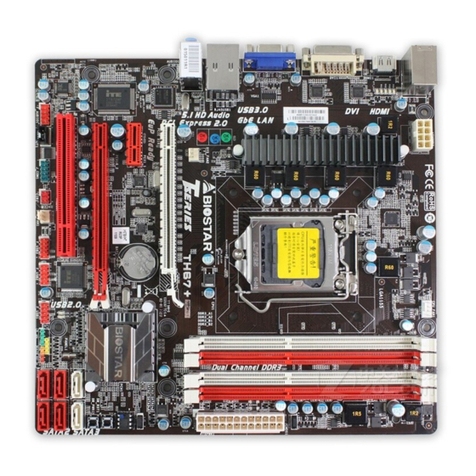
Biostar
Biostar TH67 User guide
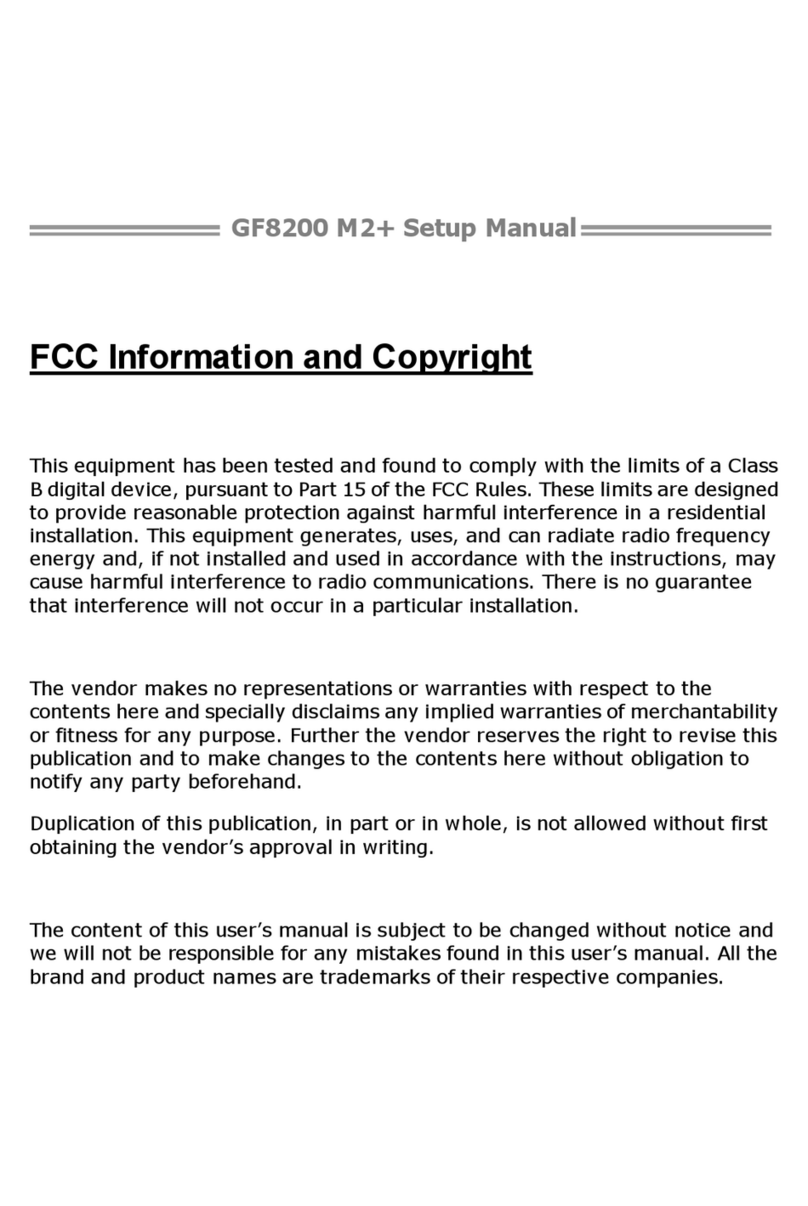
Biostar
Biostar GF8200 M2 PLUS - BIOS User guide
